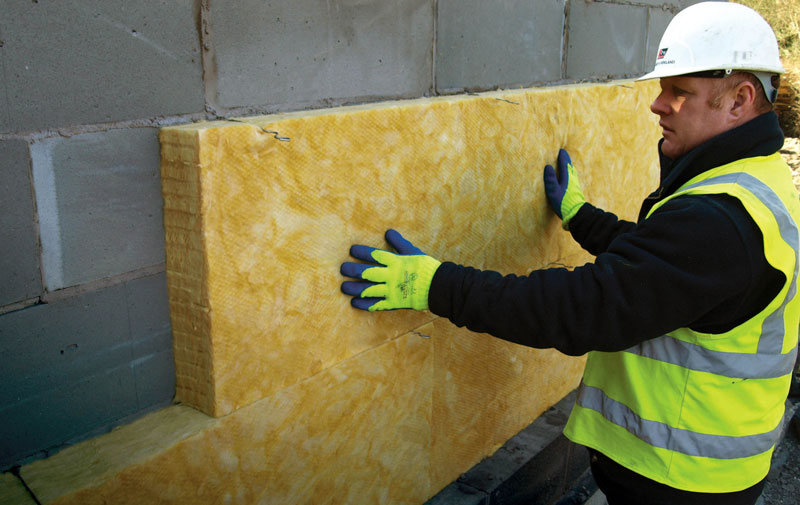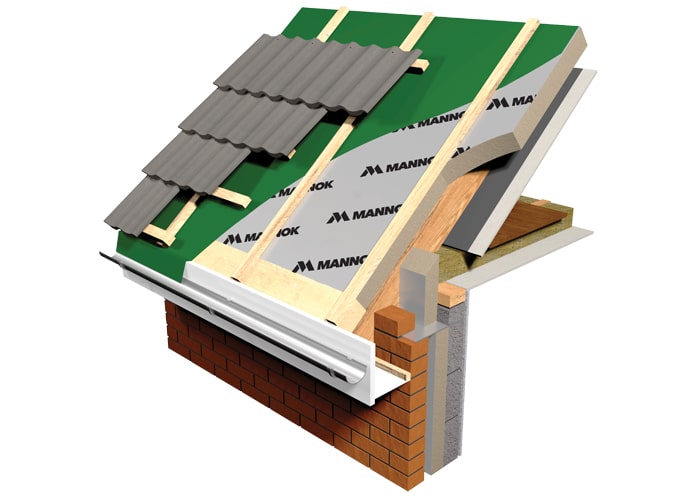Fire rated glass plays a crucial role in building safety, providing a barrier against the spread of fire while allowing visibility and natural light transmission. However, determining the appropriate thickness of fire rated glass is essential to ensure its effectiveness in protecting lives and property. In this article, we will delve into the factors that influence the thickness of fire rated glass and provide insights into selecting the optimal thickness for various applications.
- Understanding Fire Ratings:
Fire rated glass is classified based on its ability to withstand fire for a specified duration. Common fire ratings include 20, 45, 60, and 90 minutes. The thickness of fire rated glass directly affects its fire resistance, as thicker glass can withstand higher temperatures for longer periods. - Fire Resistance and Glass Thickness:
The thickness of fire rated glass is determined by its ability to maintain structural integrity during a fire. Thicker glass provides better insulation and reduces the risk of breakage due to thermal stress. It also helps to prevent the passage of smoke, heat, and flames, allowing occupants to evacuate safely. - Building Regulations and Standards:
Building codes and regulations play a crucial role in determining the required thickness of fire rated glass. These standards vary across different regions and are based on factors such as building height, occupancy type, and fire hazard potential. Compliance with these regulations ensures that the glass meets the necessary safety requirements. - Glass Types and Performance:
Different types of fire rated glass, such as wired glass, laminated glass, and ceramic glass, have varying thickness requirements. Wired glass, for example, typically requires a minimum thickness to prevent the glass from shattering and to maintain its fire resistance. Laminated glass, on the other hand, offers enhanced fire protection due to its interlayer, allowing for thinner glass thicknesses. - Additional Factors Influencing Thickness:
Apart from fire resistance, other factors such as sound insulation, energy efficiency, and impact resistance may influence the choice of fire rated glass thickness. For instance, in areas with high noise levels, thicker glass can provide better sound insulation properties. Similarly, regions with extreme weather conditions may require thicker glass to ensure adequate energy efficiency and impact resistance.
Conclusion:
Selecting the optimal thickness of fire rated glass is crucial for ensuring the safety and performance of buildings. By considering factors such as fire ratings, building regulations, glass types, and additional requirements, architects and building owners can make informed decisions. Consulting with industry professionals and adhering to recognized standards will help in achieving the desired level of fire protection while maintaining functionality and aesthetics.


